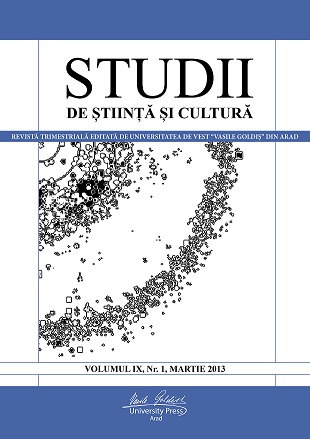O aplicaţie a teoriei generale a umorului verbal pe romanul “Cat’s Cradle” de Kurt Vonnegut
An Application of the General Theory of Verbal Humor to Kurt Vonnegut’s “Cat’s Cradle”
Author(s): Alexandru OlteanSubject(s): Literary Texts
Published by: Editura Universităţii Vasile Goldiş
Keywords: Cat’s Cradle; GTVH; formal model; humor; text; Vonnegut; modèle formel; humour; texte; model formal; umor; text.
Summary/Abstract: The following article represents a step in an ongoing work to determine the nature of humor in the works of Kurt Vonnegut. Here I focus on “Cat’s Cradle” – perhaps the author’s first work of significant success – and seek to create a formal model of the novel, outlining only the fragments of text which are humorous. The methodology used is based primarily on the General Theory of Verbal Humor (GTVH) created by Salvatore Attardo and Victor Raskin, which the authors claim can be applied to any kind of text. The purpose of the present paper is not to dispute this claim, but rather, on the basis of its validity, to apply the GTVH directly onto “Cat’s Cradle”, primarily so as to identify patterns in the usage and placement of humor within the text of the novel. What the paper seeks to prove is that elements of humor in a novel are not placed at random and do not exist only to lighten the mood of a story or to push forward an idea that the narrator seeks to get through to the reader. Instead, the precise placement of the humorous pieces of text creates a formal image that is also a representation of the way in which the novel as a whole is constructed.
Journal: Studii de Ştiinţă şi Cultură
- Issue Year: IX/2013
- Issue No: 01
- Page Range: 143-149
- Page Count: 7
- Language: English

